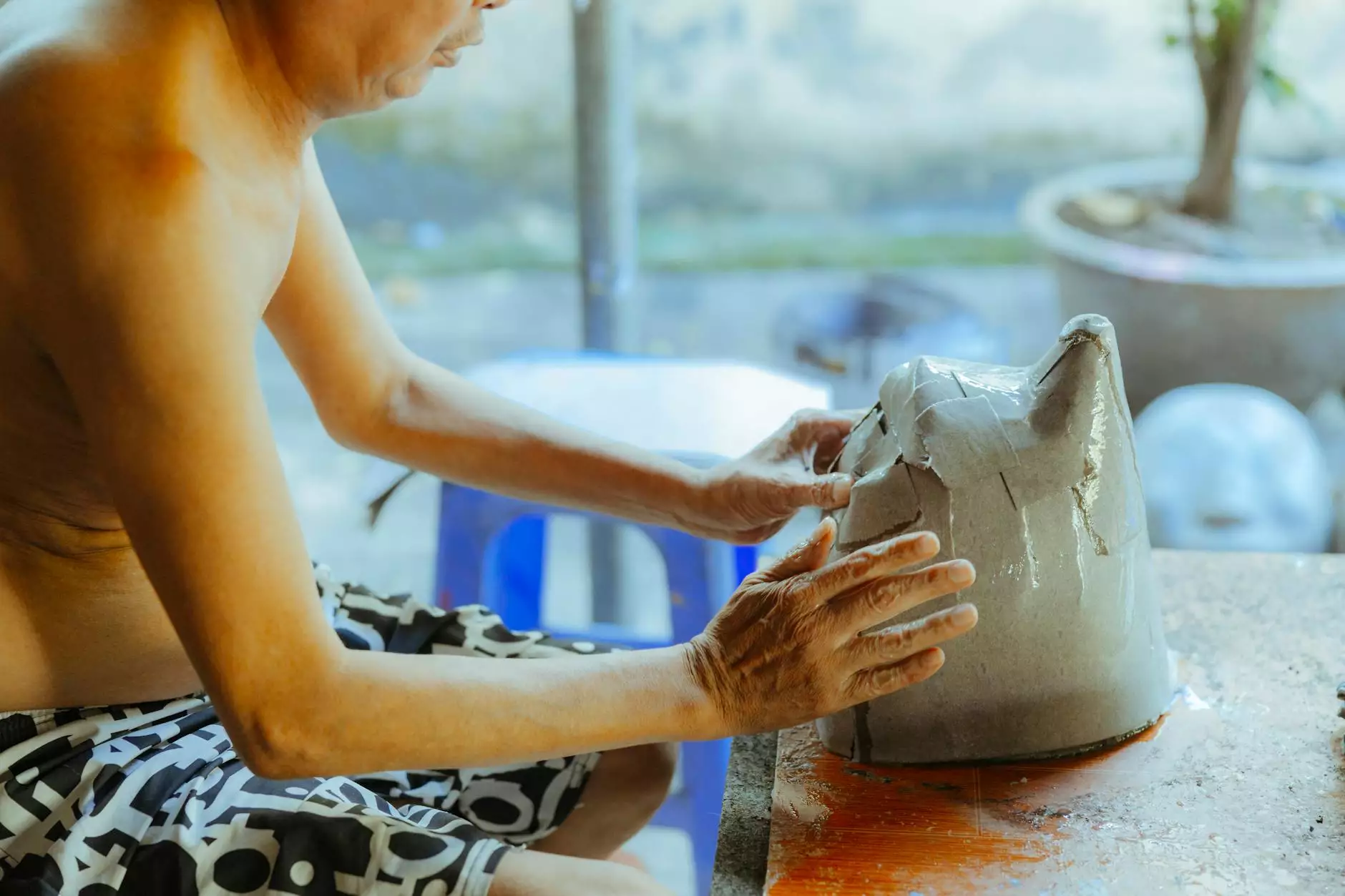Understanding Thrombo Phlebitis

Thrombo phlebitis is a *medical term* that describes the dual condition of vein inflammation (phlebitis) accompanied by the formation of a blood clot (thrombosis). This condition primarily affects the veins, particularly in the legs, and can lead to various complications if left untreated. This article seeks to provide a comprehensive overview of thrombo phlebitis, focusing on its symptoms, causes, and effective treatments offered by specialists focusing on vascular medicine.
What is Thrombo Phlebitis?
Thrombo phlebitis occurs when a blood clot forms in a vein and causes inflammation. This condition can develop in both deep veins and superficial veins, leading to distinct types of thrombo phlebitis:
- Superficial Thrombo Phlebitis: Affects veins that are close to the surface of the skin.
- Deep Vein Thrombosis (DVT): Involves deeper veins and poses a greater risk of serious complications.
The identification and management of thrombo phlebitis are crucial, as the condition can lead to more severe issues, including pulmonary embolism, which is a blockage in the lungs due to a clot that travels from the veins.
Symptoms of Thrombo Phlebitis
Recognizing the symptoms of thrombo phlebitis is key to seeking timely medical advice. Some common symptoms include:
- Pain or tenderness: Typically localized near the inflamed vein.
- Redness and warmth: The affected area may exhibit redness and feel warm to the touch.
- Swelling: Noticeable swelling in the leg or affected area.
- Hardness: The vein itself may feel firm or hard under the skin.
In cases of DVT, symptoms may include:
- Impaired circulation: This may lead to discoloration or a blue tint in the affected limb.
- Shortness of breath: This may indicate a serious complication and requires immediate medical attention.
What Causes Thrombo Phlebitis?
Understanding the causes of thrombo phlebitis can aid in its prevention. Several factors contribute to the development of this condition:
- Prolonged inactivity: Sitting or standing for long periods can hinder circulation.
- Injuries: Trauma to a vein can cause inflammation and clot formation.
- Medical conditions: Conditions such as cancer or heart disease can elevate the risk of thrombo phlebitis.
- Hormonal changes: Hormonal influences, particularly during pregnancy or with hormone replacement therapy, can affect vein health.
- Certain medications: Some medications, particularly those that affect blood clotting, may increase the risk.
Risk Factors for Thrombo Phlebitis
Several risk factors can increase the likelihood of developing thrombo phlebitis:
- Age: Older adults are more susceptible to blood clots.
- Obesity: Increased body weight can add strain to the veins.
- Previous history of clots: Having a history of thrombo phlebitis increases the risk of future episodes.
- Genetic predispositions: Certain genetic conditions can lead to hypercoagulability.
Diagnosis of Thrombo Phlebitis
Diagnosis is crucial for effective treatment. Physicians at Truffles Vein Specialists utilize various diagnostic techniques, including:
- Ultrasound: A common and effective method to visualize blood flow and detect clots.
- D-dimer test: A blood test that measures the presence of a substance that's released when a blood clot breaks up.
- Physical examination: Assessing the affected area through a clinical examination.
How is Thrombo Phlebitis Treated?
Treatment for thrombo phlebitis largely depends on the severity of the condition. Here are common treatment strategies:
- Medications: Anticoagulants, or blood thinners, are often prescribed to manage and prevent clot formation.
- Compression stockings: Wearing compression garments can help alleviate swelling and promote blood flow.
- Warm compresses: Applying warmth to the affected area can reduce pain and inflammation.
- Surgical interventions: In severe cases, procedures may be necessary to remove the clot or affected vein.
Preventing Thrombo Phlebitis
While thrombo phlebitis can occur without any identifiable cause, certain measures can help reduce the risk:
- Stay active: Regular physical activity promotes good circulation.
- Maintain a healthy weight: Reducing obesity lowers strain on the veins.
- Stay hydrated: Adequate hydration aids in maintaining optimal blood viscosity.
- Avoid prolonged immobility: Take breaks during long flights or car rides to walk and stimulate circulation.
Conclusion
Thrombo phlebitis is a serious condition that requires attention and management. With timely diagnosis and treatment, those affected by thrombo phlebitis can lead healthy lives. If you or someone you know is experiencing symptoms, it's crucial to seek professional advice from Truffles Vein Specialists, where expert vascular medicine practitioners can provide tailored treatment plans.
Remember: Awareness and proactive measures are your best defenses against thrombo phlebitis. Your health matters, so prioritize it!









